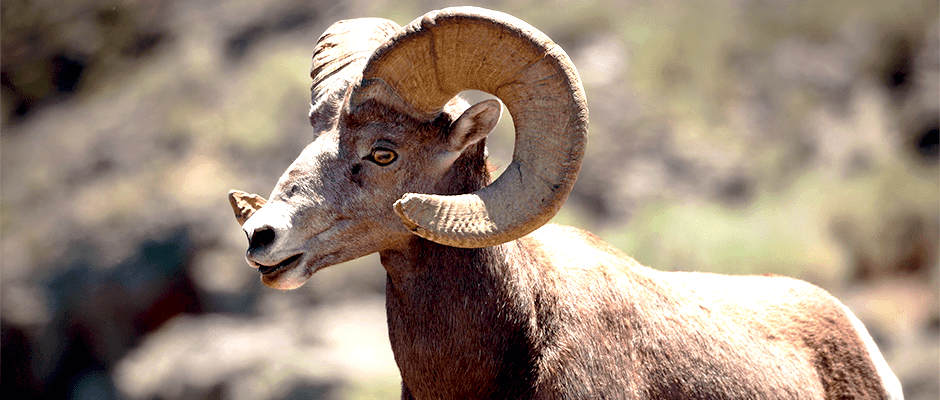Share this article
JWM: Pneumonia ‘spillover’ challenges bighorn efforts
Bighorn sheep (Ovis canadensis) once occupied much of the Western landscape, but in the centuries since European settlers arrived, pneumonia has reduced or wiped out populations and put the species at risk. As the disease spills over from domestic sheep to wild herds and is transmitted from infected bighorns to healthy ones, it continues to complicate restoration efforts, researchers found. To control the disease, they concluded, wildlife managers must do more to reduce spillover from domestic sheep.
“The best thing is prevention,” said TWS member Frances Cassirer, wildlife research biologist for the Idaho Fish and Game Department and lead author on the paper in the Journal of Wildlife Management. The review is part of a special section on bighorn sheep management in the January issue.
The disease is a particular problem for the species, Cassirer said, because bighorns are so closely related to domesticated sheep, which remain commonplace on the landscape. While domestic sheep have coevolved with pneumonia pathogens, Cassirer said, they are deadly to wild sheep.
With no effective antibiotic or vaccine treatment, pneumonia creates a dilemma for wildlife managers trying to recover bighorn sheep, Cassirer said. On the one hand, biologists want to link populations and promote gene flow. On the other, they want to isolate healthy animals from the disease.
“We need to have large, interconnected populations to be sustainable,” she said. “How can we make that happen? I don’t think we have an answer to that yet.”
Finding that answer will require an interdisciplinary approach, said Cassirer, whose own team included 15 co-authors from a range of fields — from managers to microbiologists. “It’s going to take that kind of thinking to resolve this problem,” she said.
TWS members can log into Your Membership to read this paper in the Journal of Wildlife Management. Go to Publications and then Journal of Wildlife Management.
Header Image: Pneumonia has wiped out bighorn populations across the West and continues to complicate restoration efforts. ©Alex Proimos








